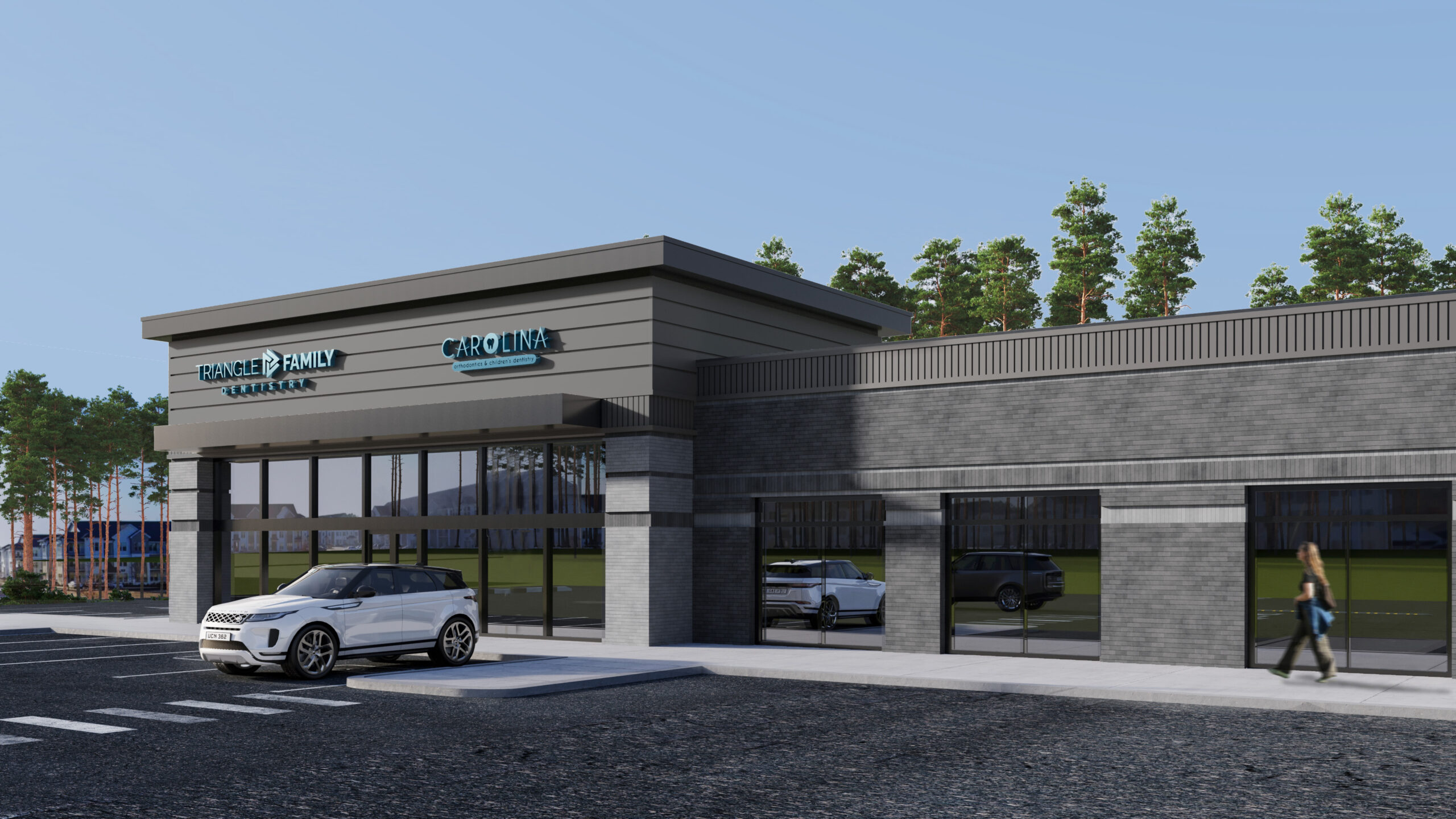Success in commercial real estate is not only about filling vacancies, it’s about curating tenants that complement one another, enhancing both customer experience and tenant performance. This is the essence of co-tenancy strategy.
In collaboration with brokerage partners like MC&G Commercial, AB&B evaluates each property not only for anchor tenants but also for how additional businesses can drive mutual growth.
“When we’re looking at a space, we’re always asking, ‘Who makes sense here?’” explains Laura Saleh of MC&G. “It’s about creating convenience and synergy. For example, pairing dental and orthodontic practices with a pediatrician turns a building into a one-stop destination for families.”
Industry alignment isn’t all that’s top of mind either. Practical considerations like building design, parking ratios, and customer flow shape tenant selection. A veterinary clinic, for instance, might be a strong tenant in theory, but if a building’s shared lobby isn’t suited for pets, it disrupts the ecosystem.
Similarly, placing a pediatric clinic between fast-food restaurants with limited parking doesn’t serve patients or the business. Medical tenants often require higher parking ratios – typically five spaces per 1,000 square feet, which must be factored into planning.
A JLL report reinforces this approach, showing that retail centers anchored by healthcare providers and complemented by service-oriented businesses such as fitness studios, pharmacies, or coffee shops, see lower vacancy rates and stronger tenant retention.
At AB&B, ideal co-tenancy clusters often include:
Dental practices alongside physical therapy or dermatology clinics.
Pediatric care near family-focused services.
Professional offices, like insurance agencies, that align with daily community needs.
By fostering tenant synergy, AB&B creates vibrant spaces where businesses thrive together driving foot traffic, enhancing tenant satisfaction, and maximizing long-term asset value.

